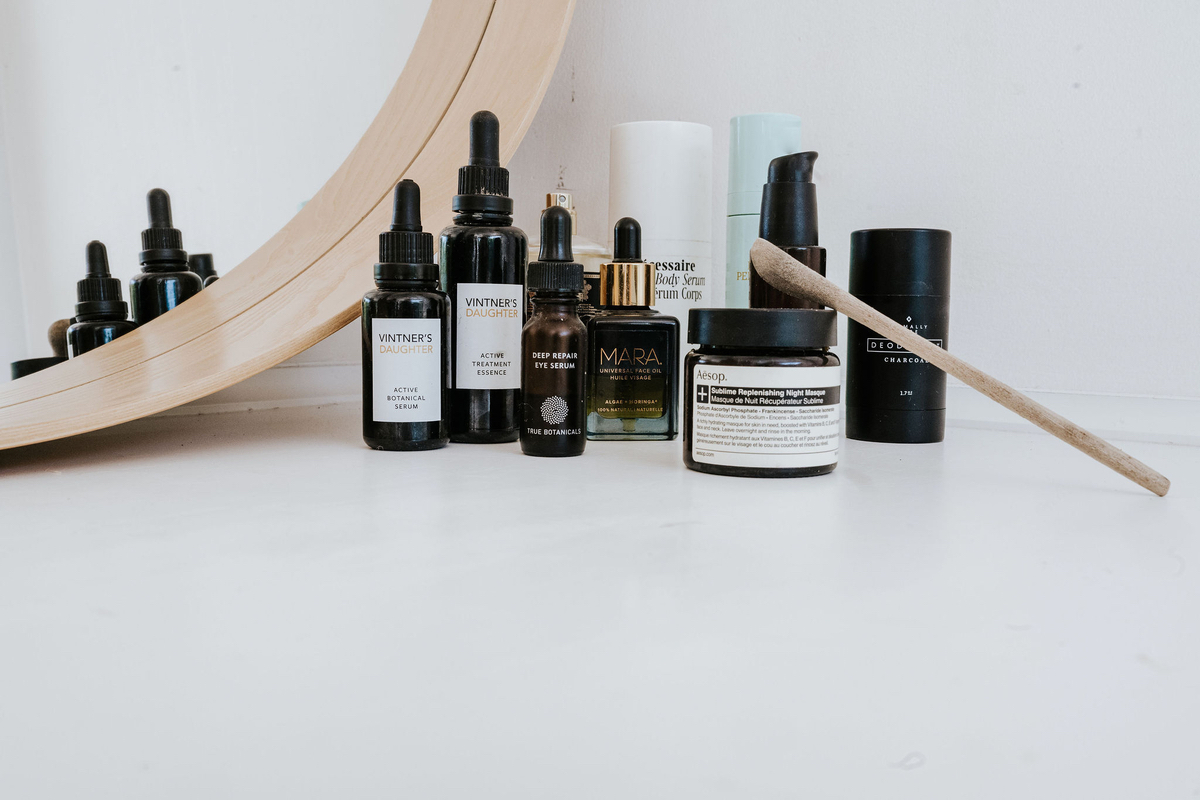Hot take: A new calendar year can feel arbitrary. Ditto with setting resolutions. Can you really become a new person when the clock strikes midnight on the first of the year? Maybe not immediately, but I have found that setting small daily intentions actually works. So instead of trying to overhaul everything at once, I use the “new year, new me” fervor to get back into the routines and habits I know make me feel my best. On my list for 2024? Cooking more at home, getting my steps in, and committing to my skincare routine. And as far as that final intention is concerned, number one on my list is *actually* learning how to use retinol.
Starting my day with skincare is crucial to get me on the right track. It reminds me to make time for myself and reinforces the idea that daily action yields long-lasting results.
By far, the ingredient that has given me the most game-changing results is retinol. The vitamin A derivative is beloved by beauty experts and dermatologists for its efficient ability to reap real results. If this is the year you finally start using retinol in your skincare routine, then you’ve found the perfect expert-approved guide.
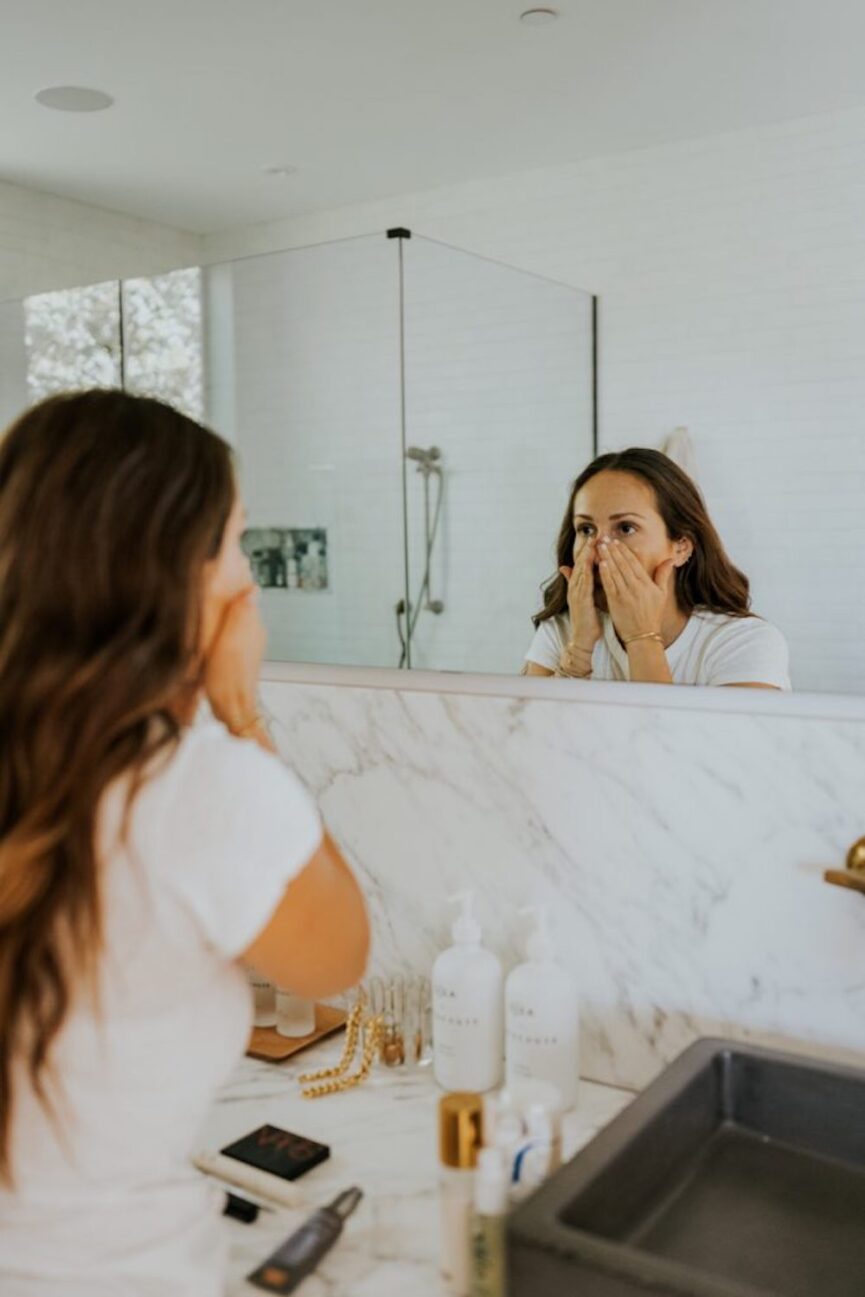
How to Use Retinol: The Ins and Outs
Retinol has the potential to be the most powerful product in your medicine cabinet. But only if you use it correctly. There’s the possibility of an initial purge (when your skin releases all of the built-up toxins at the beginning of your retinol journey, causing breakouts). But with consistent use, the results are extraordinary.
Of course, slathering on any old retinol cream is not enough. Many people use retinol incorrectly, and experience irritation just to quit before the ingredient can truly work its magic.
Retinol Red Flags
- Jumping in too fast. While it is a magical step in your routine, going too hard, too fast will only irritate your skin.
- Neglecting moisturizer. Your skin will be going through a lot—moisturizer keeps it nourished and prevents irritation.
- Ignoring SPF. Retinol makes your skin extra sensitive to the sun. Protect it.
- Inconsistent use. Retinol only gets results if you’re consistent with your routine.
- Quitting too soon. Don’t be afraid of the purge! Take it slow and retinol will reward your patience.
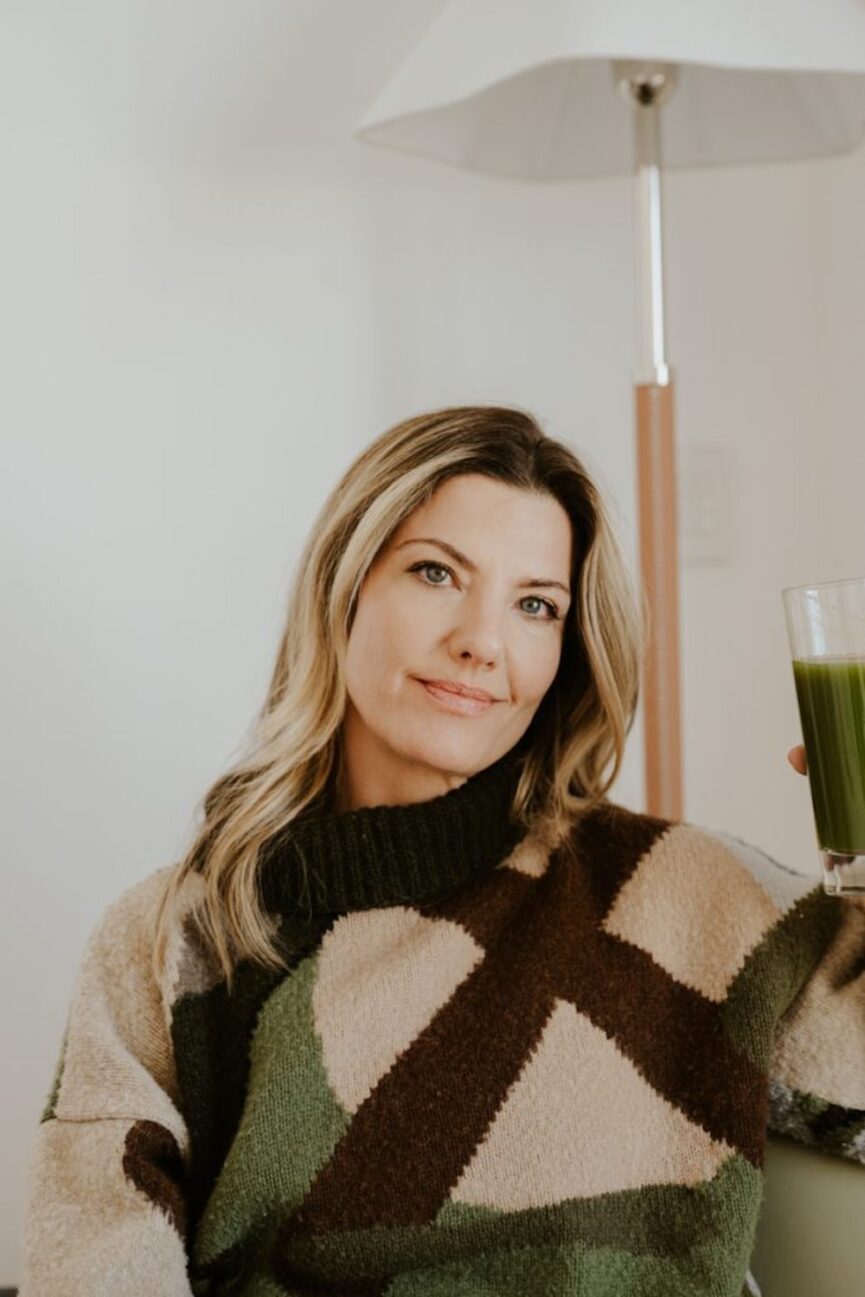
Meet the Expert: Dr. Nancy Samolitis
To address these application missteps and help you get the most out of your retinol routine, I spoke to Dr. Nancy Samolitis, a board-certified dermatologist. Dr. Samolitis is a retinol-obsessive herself and encourages retinol hopefuls to start slow, pick high-potency products, and even try skin cycling.
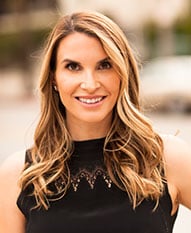
Dr. Nancy Samolitis, MD, FAAD
Dr. Nancy Samolitis is a Board Certified dermatologist with specialized training in cosmetic dermatology. In addition to providing care for general medical dermatology, she is also the owner/co-founder of Facile Dermatology + Boutique where she specializes in cutting-edge treatments for anti-aging, sun-damaged skin, and more.
Skin cycling went viral on TikTok a few years ago. But unlike some ephemeral trends, this one is dermatologist-approved. Recommended for anyone new to retinol, skin cycling helps build retinol tolerance and supercharges results by alternating nights between retinol, chemical exfoliants, and hydration.
An example of a skin cycling routine might look like:
- Night 1: Exfoliation. Prep skin with your favorite chemical exfoliant by sweeping away dead skin cells. This allows retinol to penetrate the skin deeper.
- Night 2: Retinol. Apply retinol on the second night with gentle, moisturizing ingredients.
- Nights 3 and 4: Recovery. Give your skin a break from the actives for two nights, loading up on ceramides, antioxidants, hydrating factors, and barrier-building ingredients.
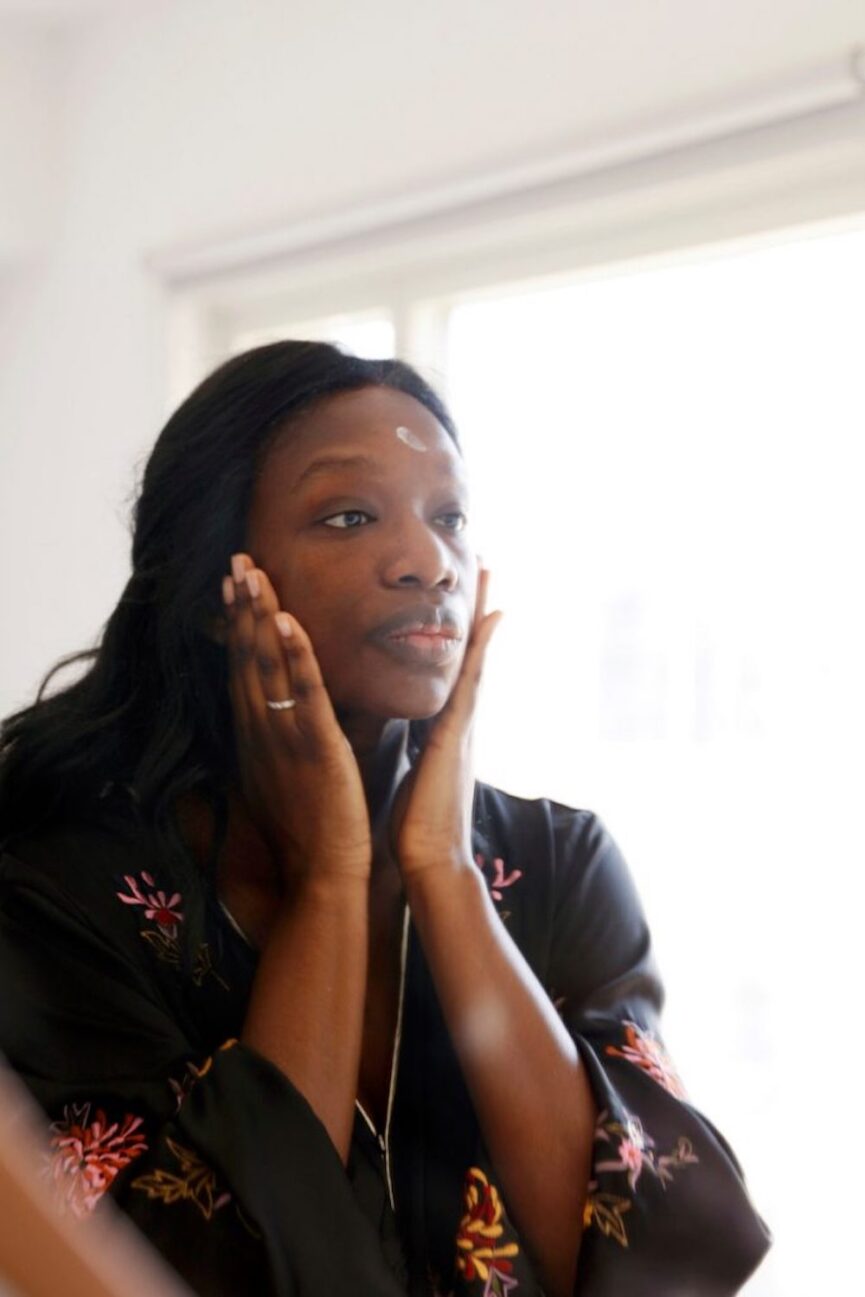
The Basics of Using Retinol
Ahead, Dr. Samolitis shares all the ins and outs of using retinol. With her tips, get ready for the best skin of your life.
Who should use retinol?
Anyone who has acne or wants to take advantage of the anti-aging benefits should use retinol. Even people with sensitive skin can usually build up a tolerance to the potential irritation if it is used carefully.
Who should avoid retinol?
People with active eczema, rosacea, or disrupted skin from a procedure should avoid retinol until their skin is treated or healed. Pregnant and nursing women should also avoid retinol because its safety is unclear.
How to Start Using Retinol for Best Results
I personally have used retinol (actually, the Rx version, tretinoin) almost every day for the past 25 years. More frequent use will produce the known benefits as most of the studies are done on daily use. It is important to use retinol at a decreased frequency (2-3 days/week) when you are first starting or if your skin is dry or irritated.
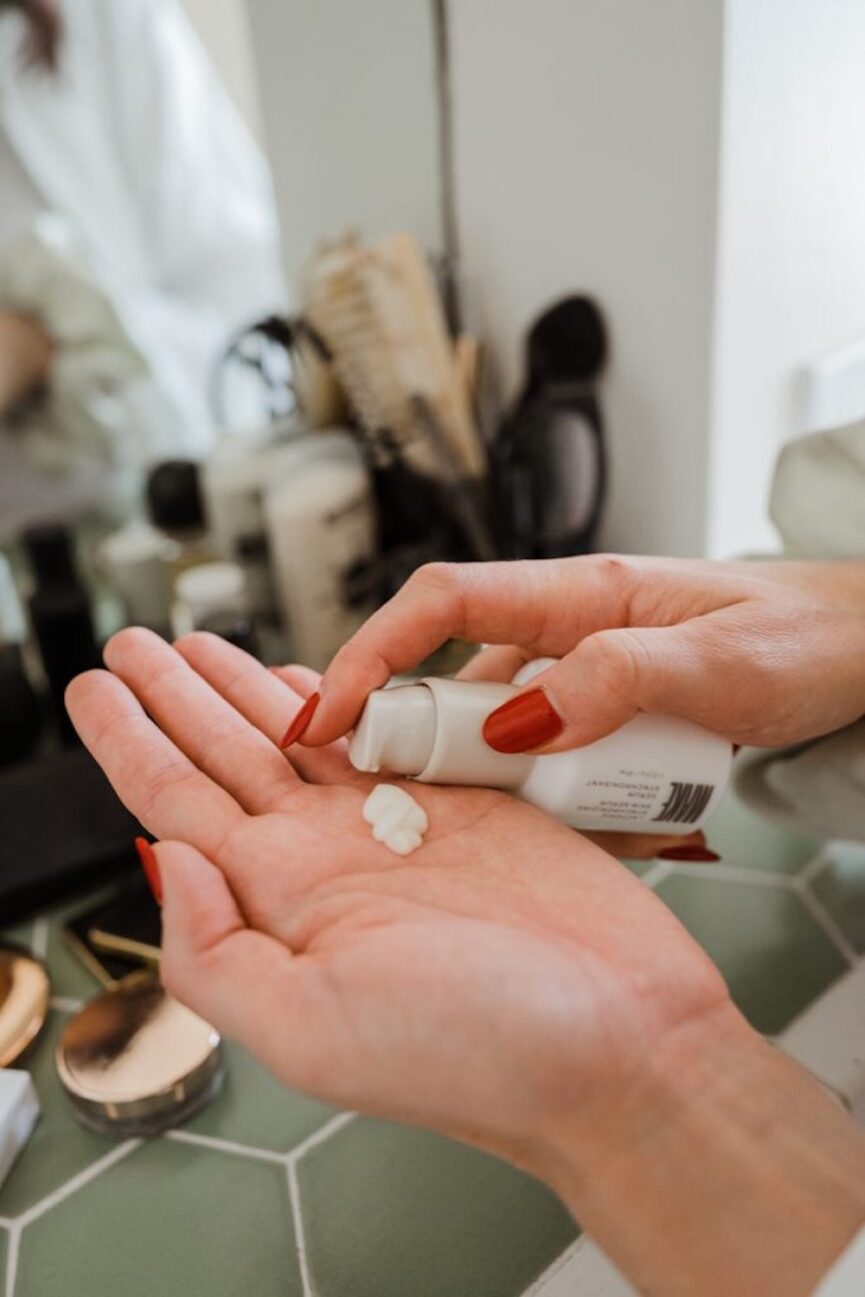
How can skin cycling support your retinol journey?
Skin cycling can help ease your way into using potentially irritating skin care products like retinol and exfoliating acids. In this regimen, you use each of those ingredients for one day and then give your skin a break for several days by using moisturizer alone. If you already tolerate retinol daily, there is no reason to switch to skin cycling, because your benefits and efficacy will be reduced.
What is the best way to incorporate retinol into your routine?
I recommend using a pea-sized amount on clean skin at night followed by a moisturizing product as needed. The product itself is sensitive to UV light, so that’s why the nighttime application was originally recommended.
What skincare ingredients pair well with retinol?
My favorite ingredient to pair with retinol is niacinamide. Niacinamide has calming, anti-inflammatory effects, so it helps mitigate any potential irritation. They both have incredible anti-aging benefits that have been proven in medical studies for years.
How do you know what retinol product is best for you?
Ask your board-certified dermatologist about how to choose a retinol that works best for your skin and with your routine. If you want to start with OTC retinol, choose a medical-grade formulation. Unfortunately, a lot of OTC retinol use such a low strength of retinol in the hopes of increased tolerability, but you then may lose the beneficial effects.
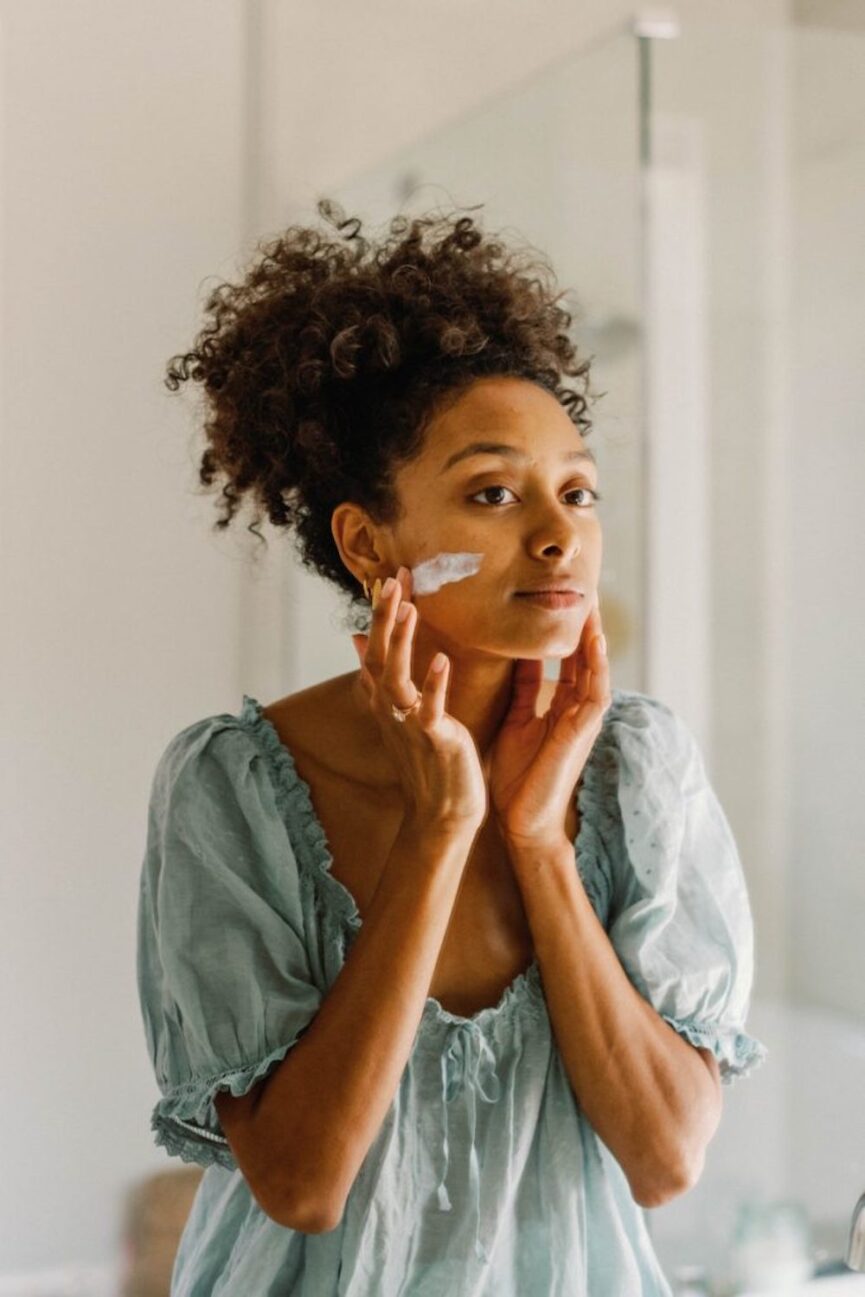
The Best Retinol Products for Glowy, Ageless Skin
Every product is curated with care by our editors and we’ll always give an honest opinion, whether gifted or purchased ourselves. If you buy something through our links, we may earn a small commission at no cost to you.

